
In the works of Rembrandt there is no direct protest against the existing reality; but the moral ideal of a person who advances and defends it in his work is objectively the opposite of this reality.
No wonder his work eventually turned out to be alien to the modern Dutch bourgeoisie, remained incomprehensible, unappreciated by his contemporaries. If the early historical paintings of Rembrandt are imbued with the spirit of the Baroque, then from the middle of the 30s the works of the artist in the historical genre begin to acquire a different character. True human passions make their way through external pathos, increasingly theatrical drama, the “terrible” event is replaced by the true drama of life. These new features clearly appear in the Hermitage painting “The Descent from the Cross”, written in 1634.
Night. Sad silence. A silent crowd of people surrounded a huge cross on which Christ was crucified. They came to Calvary to pay the last debt to their teacher. With the cold light of the torches, they remove his dead body from the cross. One of the men, climbing the ladder, pulls out the nails with which Christ was crucified on the crossbar; others take his body down; women are preparing a bed for the remains, spreading a large heavy fabric on the ground.
Everything is done slowly, in respectful and sad silence. The experiences of the audience are different: some people express bitter despair, others – courageous grief, and others – awe-inspiring horror; but each of the people present is deeply imbued with the significance of the event. The grief of the old man accepting the dead Christ is limitless. He holds it with a noticeable effort, but very carefully, carefully, touchingly touching his cheek to the lifeless body. Maria suffers from grief. She is unable to stand, loses consciousness, falls into the arms of the people carefully cuddling around her. Her emaciated face is deathly pale, her eyelids are closed, the weakened hand of her outstretched hand helplessly wilted.
The picture captures the deep penetration, the truth of life. Only the exaggeration of certain movements and gestures recalls the baroque hobbies of Rembrandt. For the first time in Rembrandt’s work, the idea of “The Lifting from the Cross” clearly expressed the idea that great life events, severe trials of fate, deep and noble experiences bring people together. The picture shows the emergence of new trends in the art of Rembrandt, anticipates the deep drama of his later canvases.
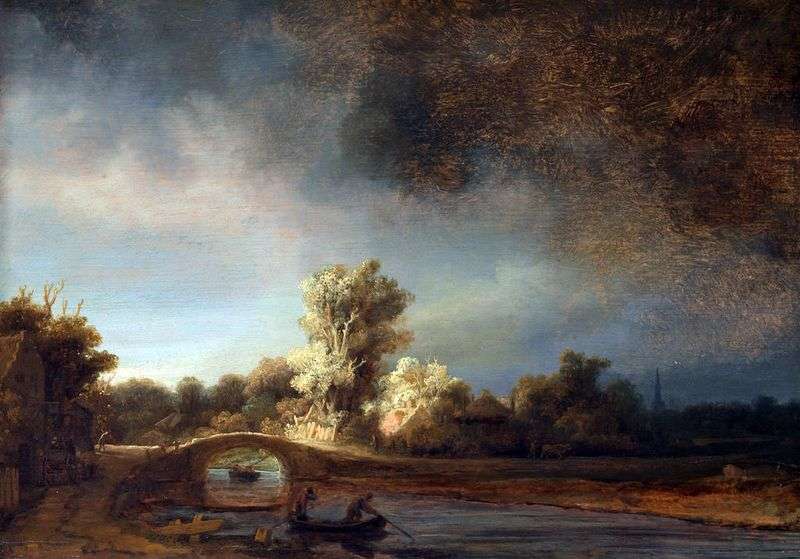 Stone Bridge by Rembrandt Harmens Van Rhine
Stone Bridge by Rembrandt Harmens Van Rhine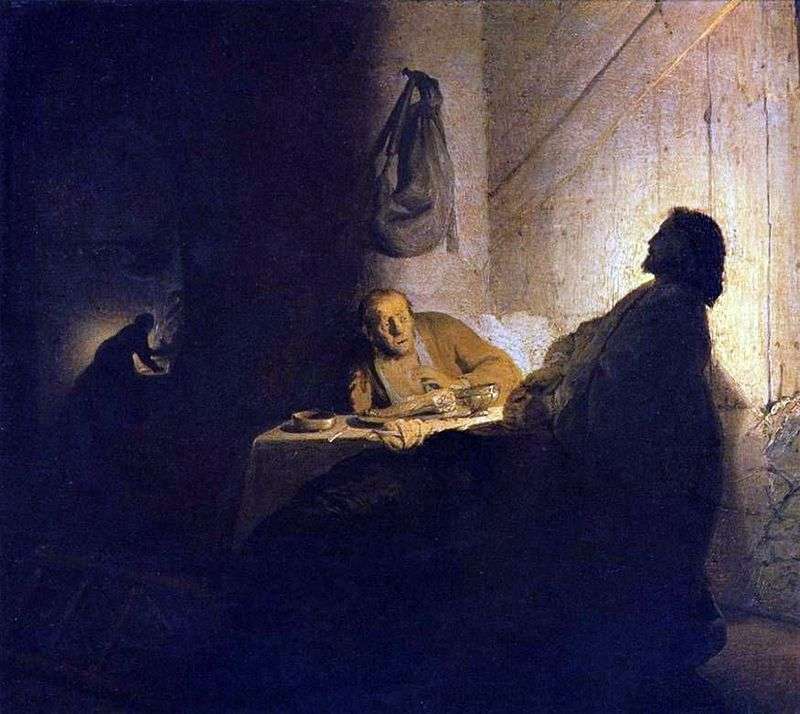 Christ and the Disciples at Emmaus by Rembrandt Harmens Van Rhine
Christ and the Disciples at Emmaus by Rembrandt Harmens Van Rhine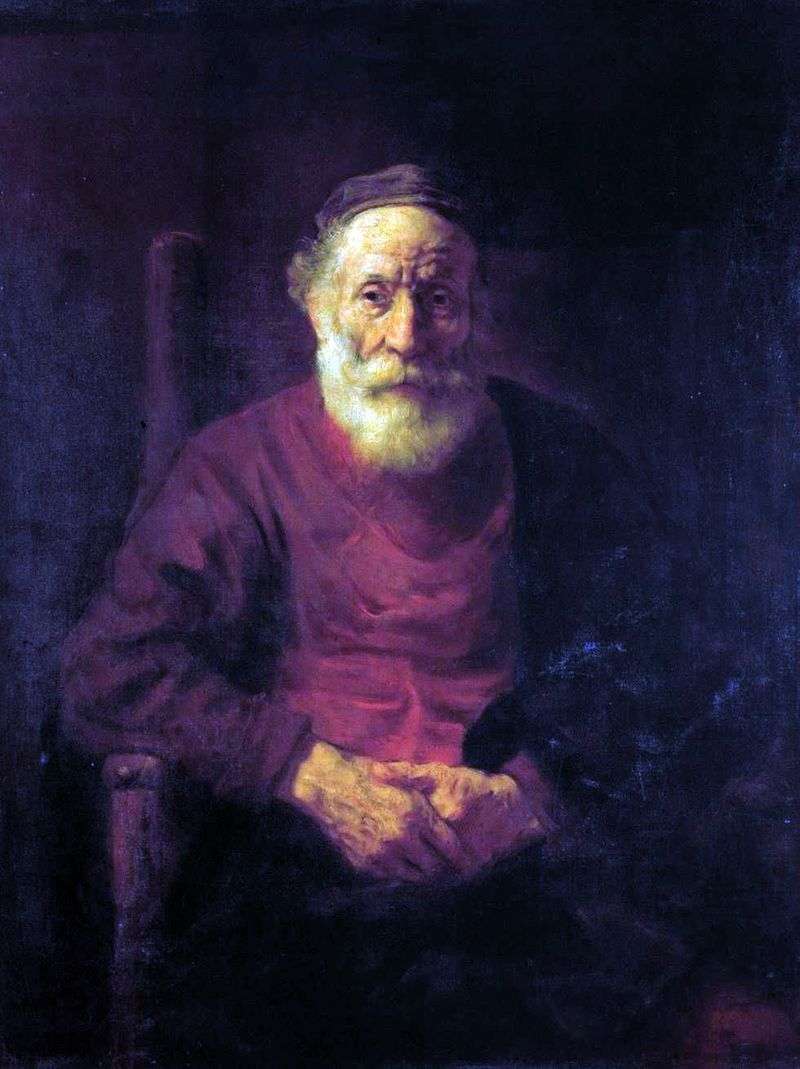 Portrait of an Old Man in Red by Rembrandt Harmens Van Rhine
Portrait of an Old Man in Red by Rembrandt Harmens Van Rhine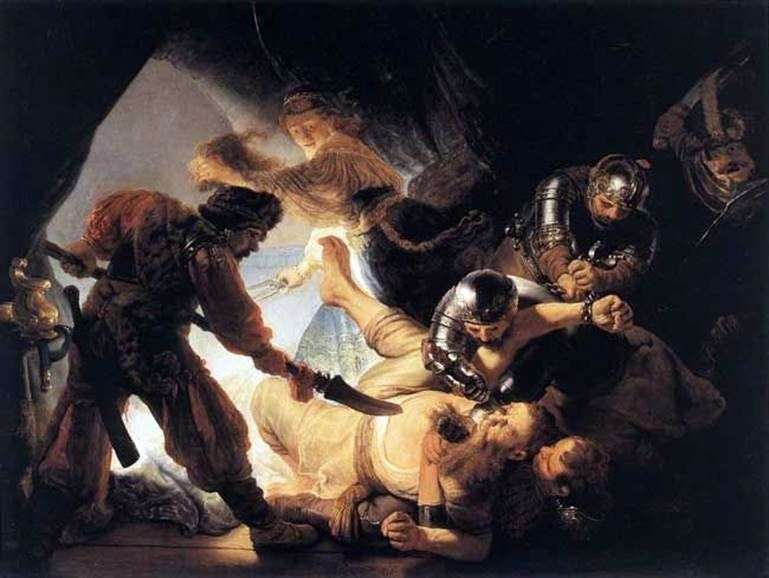 The Blinding of Samson by Rembrandt Harmens Van Rhine
The Blinding of Samson by Rembrandt Harmens Van Rhine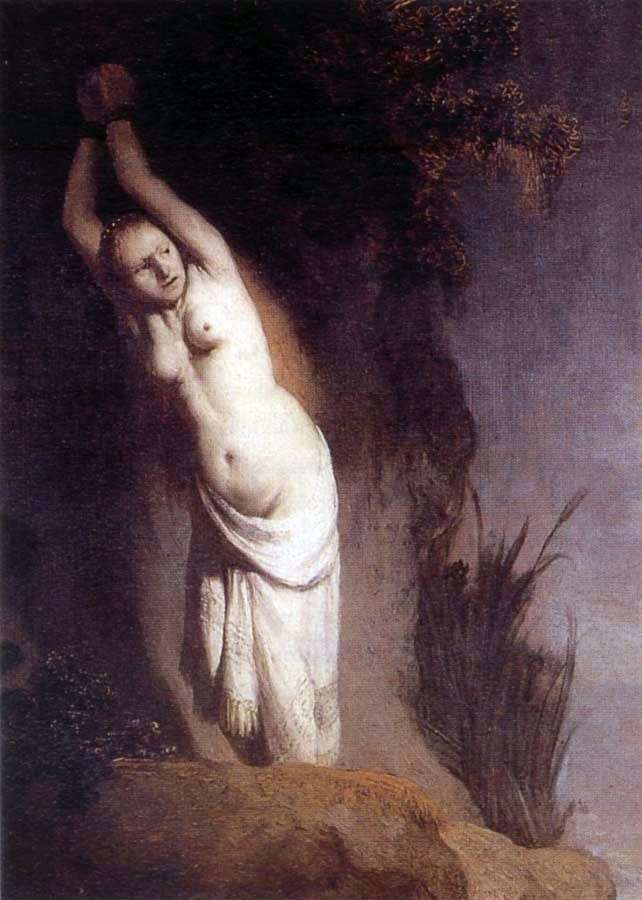 Andromeda by Rembrandt Harmens Van Rhine
Andromeda by Rembrandt Harmens Van Rhine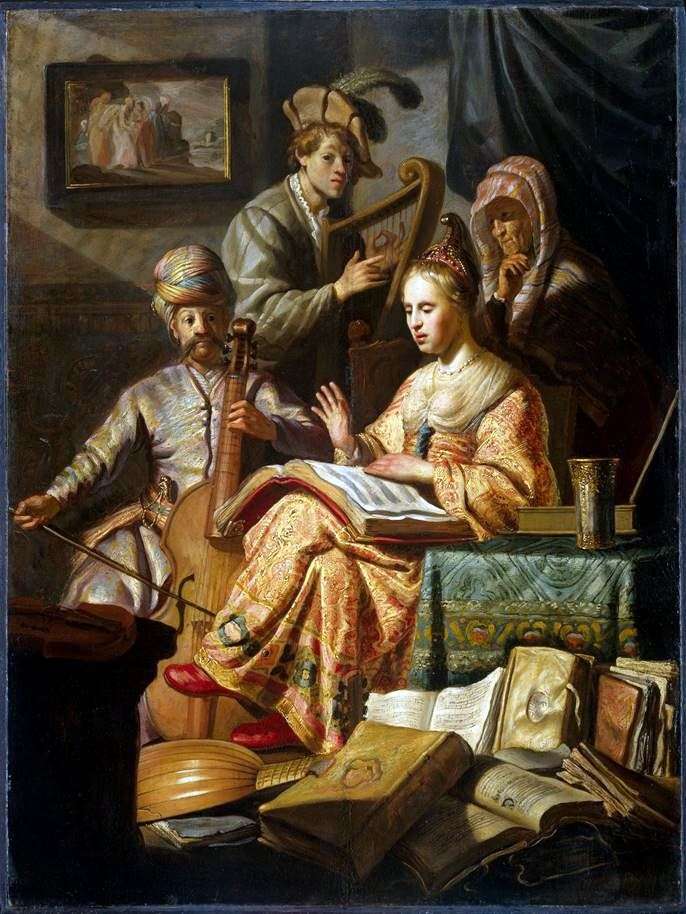 Allegory of Music by Rembrandt Harmens Van Rhine
Allegory of Music by Rembrandt Harmens Van Rhine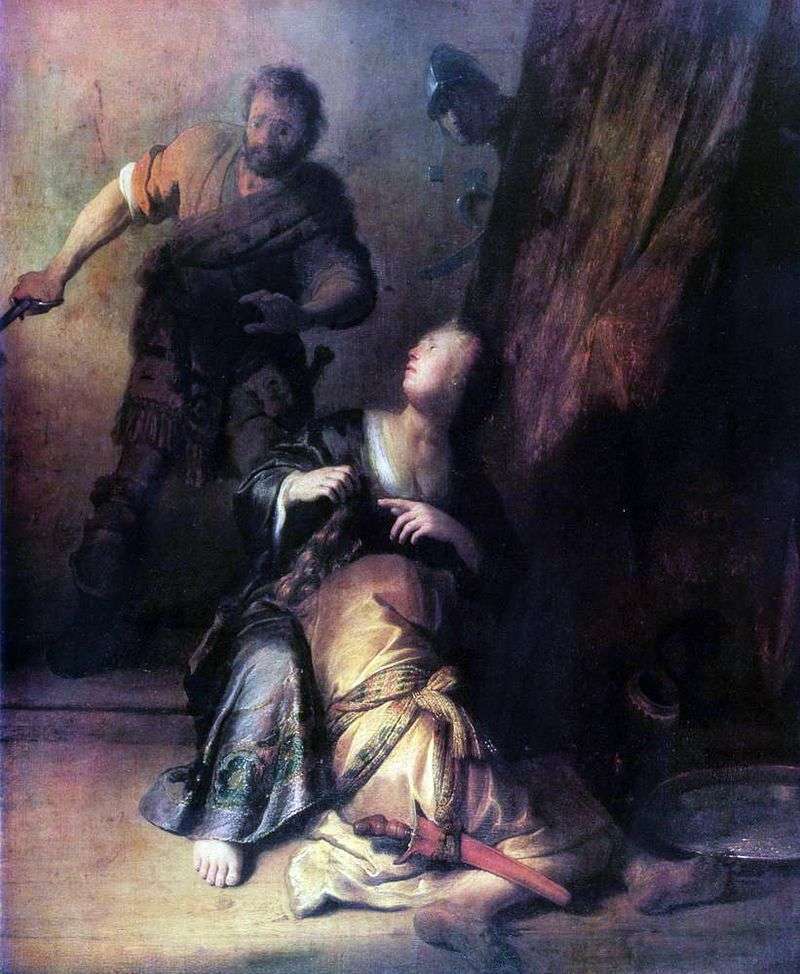 Samson and Delilah by Rembrandt Harmens Van Rhine
Samson and Delilah by Rembrandt Harmens Van Rhine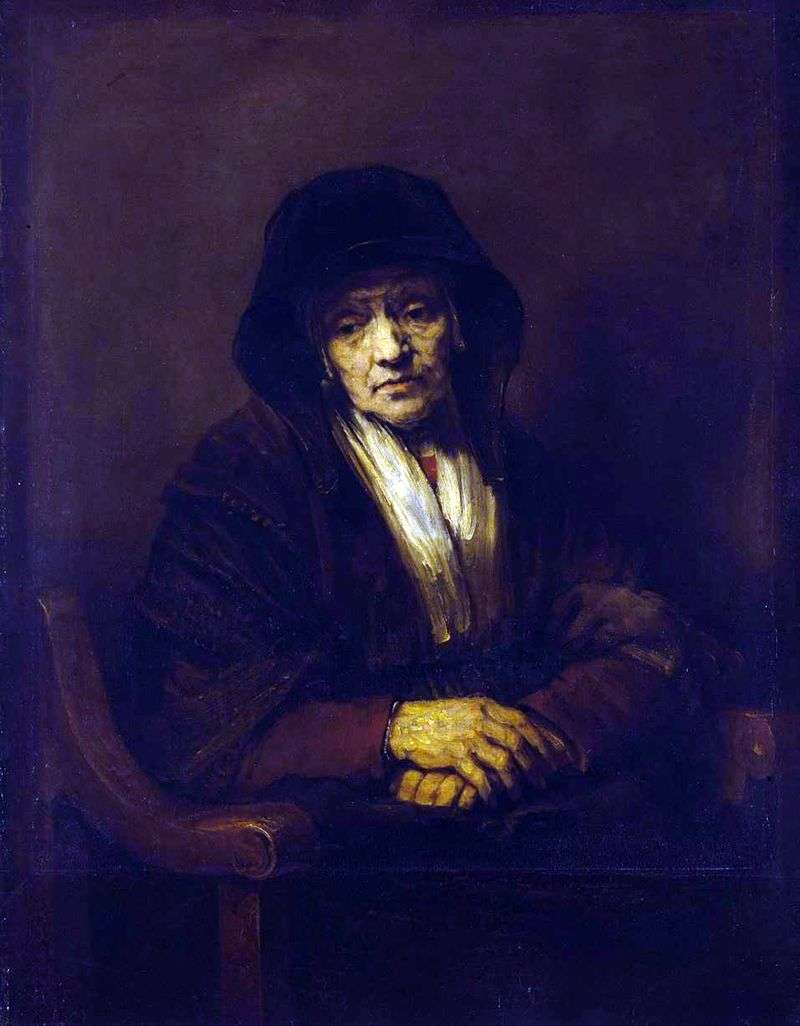 Portrait of an Old Woman by Rembrandt Harmens Van Rhine
Portrait of an Old Woman by Rembrandt Harmens Van Rhine